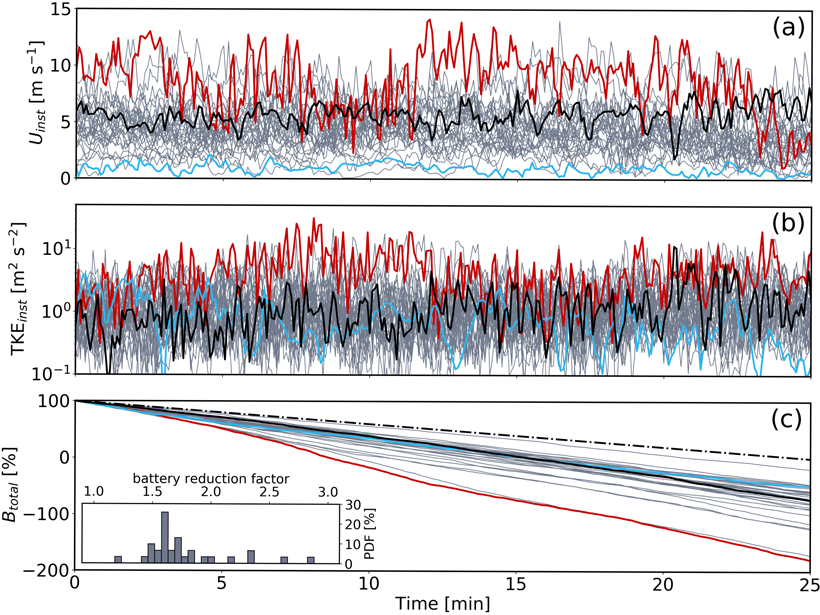Source: AGU Advances
New modes of aerial operations are emerging in the urban environment, collectively known as Advanced Air Mobility (AAM). These include electrically propelled vertical takeoff and landing aerial vehicles for infrastructure surveillance, goods delivery, and passenger transportation. However, ultra-fine weather and turbulence guidance products are needed that contribute to safe and efficient deployment of these activities. In fact, initial testing/demonstration exercises are planned to occur in the very near future, thus the timely and relevant nature of the present work.
To enable successful operation of these new aerial operations in the urban environment, the meteorological community must provide relevant guidance to inform and support these activities. Muñoz-Esparza et al. [2021] demonstrate how seasonal, diurnal, day-to-day, and rapidly evolving sub-hourly meteorological phenomena create unique wind and turbulence distributions within the urban canopy. They showcase the potential for efficient ultra-fine resolution atmospheric models to understand and predict urban weather impacts that are critical to these AAM operations.
Citation: Muñoz-Esparza, D., Shin, H., Sauer, J. et al. [2021]. Efficient GPU Modeling of Street-Scale Weather Effects in Support of Aerial Operations in the Urban Environment. AGU Advances, 2, e2021AV000432. https://doi.org/10.1029/2021AV000432
—Donald Wuebbles, Editor, AGU Advances
Text © 2021. The authors. CC BY-NC-ND 3.0
Except where otherwise noted, images are subject to copyright. Any reuse without express permission from the copyright owner is prohibited.

